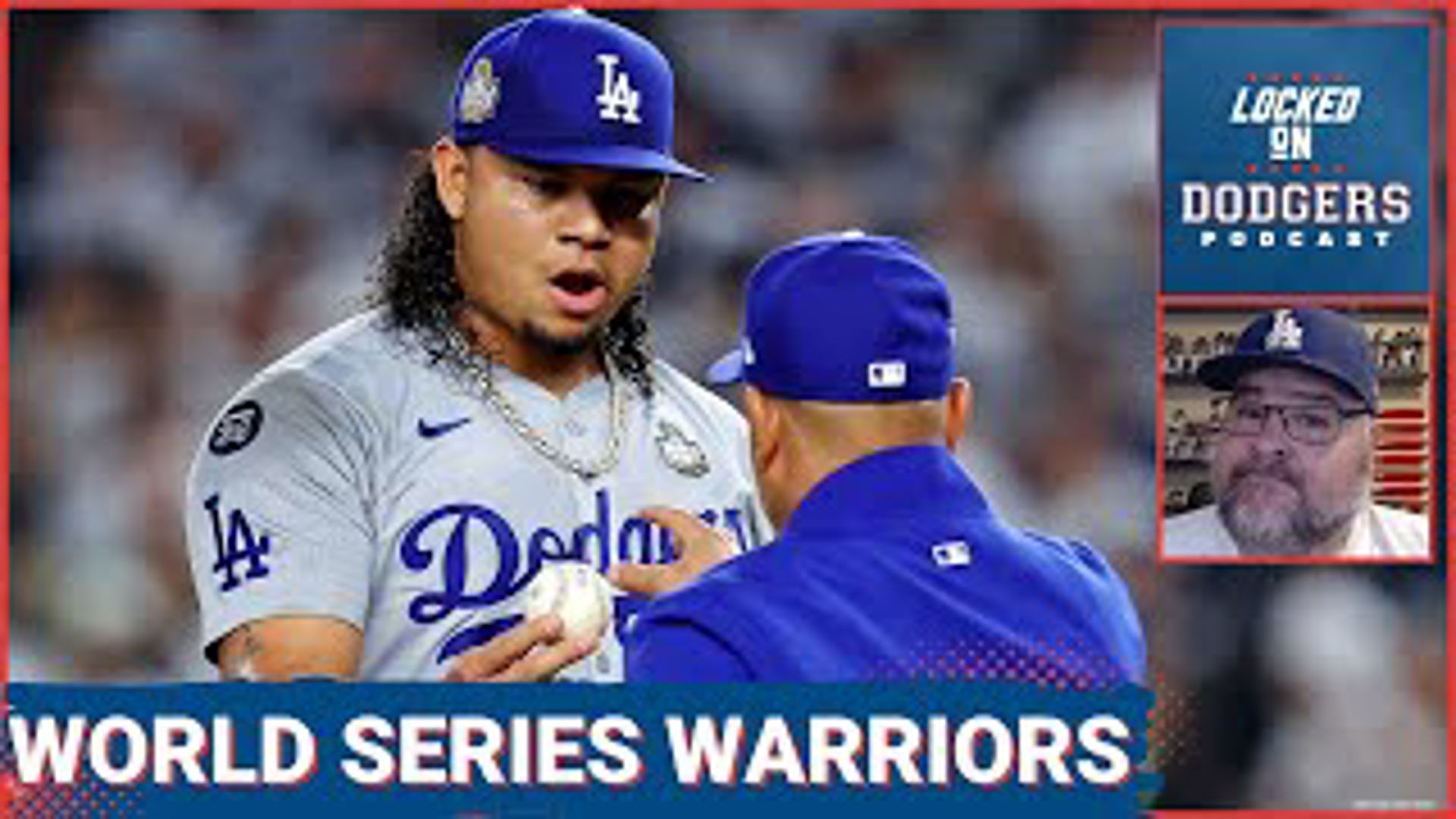SPEEDWAY, Ind. — It’s the calm after the storm.
It's the day after the inaugural NASCAR Cup Series race on the road course at Indianapolis Motor Speedway. We saw A.J. Allmendinger kiss the bricks, but we also saw chaos in the final laps.
The wild ending has lots of people talking.
The conversation centers around the blue curb in Turn 6. It was giving drivers trouble all day, and by the end of the race, it came completely apart and essentially blew up.
That spot was the cause of three crashes down the stretch, two of which triggered a red flag.
Race officials opted to remove the curb with only a handful of laps to go because there was too much damage to repair.
After the race, there were many questions – mainly about what happened and what it means for the future.
There were several drivers already unhappy the race wasn’t on the oval, but IMS said they plan to stick with the road course regardless.
A tweet by driver Bubba Wallace said “I got a wedding to pay for, so I’ll keep quiet. Glad that (poop emoji) is over.”
It sounds like the road course is here to stay. They changed from the oval for more exciting racing, and at the end, it certainly was.
"Obviously, we had our problems today," NASCAR vice president of competition Scott Miller said. "We'll take a lot of learnings away and come back and put on a better event, obviously avoiding the problems we had today. But I think that we saw some exciting action out there and I think that the course itself puts on a really good show."
The entertainment value proved costly.
Nine of the 11 cars that didn't finish were involved in crashes. Many of those running at the end looked like they had been involved in a rough-and-tumble short track or dirt track race rather than a road course.
As a result, most Cup teams will spend this week scrambling to repair and rebuild their cars after a second straight road race. They return to an oval Sunday at Michigan, and for some it can't come soon enough.
Organizers will likely investigate whether the wear and tear of three days of practice, qualifying and racing on a rare crossover weekend with the IndyCar, NASCAR Xfinity and Cup series played any role in the chaotic finish.
"The curbing is the same style we've had since we built it. It's been replaced, repaired," Indianapolis Motor Speedway President Doug Boles said. "We've not ever really had an issue with those curbs. We looked at that section every session, looked at it every night, every morning there was no indication there was ever anything wrong with it, so it's a little bit of a surprise to us."
Drivers were surprised, too.
William Byron, the pole winner and the first to crash, prepared for the first Brickyard on the 14-turn, 2.4-mile course by working on a simulator with IndyCar driver Rinus VeeKay. And yet, Bryon said he'd never experienced anything like it.
Others went public with their complaints.
"I'm missing the oval already," playoff contender Austin Dillon said after being knocked out in the second melee.
Dillon noted that drivers also played a role in what occurred and Brickyard winner AJ Allmendinger, a former open-wheel driver, agreed.
"When you hit them wrong, you pay the price," he said of the chicanes. "Unfortunately, it was a huge price and we don't need that. We don't need to be tearing up cars like that. But at the same time, we have to drive over it the right way. I thought the race track had the right limitations. Unfortunately, the curbing was just starting to come up."
The wild finish overshadowed what had been a relatively safe, intriguing race. Only 11 of the first 78 laps were run under yellow — two coming at the end of the first two stages and two for debris on the track.
When the curbing came loose, things changed quickly. Series officials debated whether to call the race early but track workers managed to detach the curb. Then the question was whether a second chicane should be removed. NASCAR opted to keep it in.
"As we worked through putting it together for the Xfinity race last year, there was a big ask from the drivers to have something back there because that section was way too fast," Miller said. "That was not something we were going to sign up for."
Then just moments after the restart, the wrecking happened again in the same section bringing out a second red flag.
It's not the first time the Brickyard left town amid controversy. Tire problems plagued the Brickyard 400 in 2008 and again in 2020. After a rain delay and a series of late crashes, the 2017 Brickyard 400 finished at sunset.
Still, there was a big crowd this weekend along with the intense racing Boles and Miller say they'd prefer keeping the Cup cars on the road course in 2022 — if they can solve Sunday's problems.
"I think we made the right decision for right now and I think we want to have it back on the road course next year, so we'll see where we go," Boles said. "I don't think it has any impact."
Miller added: "I don't either."
- What other people are reading:
- Carmel father raffling off collection of Pappy Van Winkle bourbon in hopes proceeds help find cure for son
- Purdue renames dorms in honor of sisters who paved way for Black students to live on campus
- Indiana Dunes considers its first-ever entrance fees
- Little girl's Make-A-Wish will come true, thanks to Fishers fundraiser



